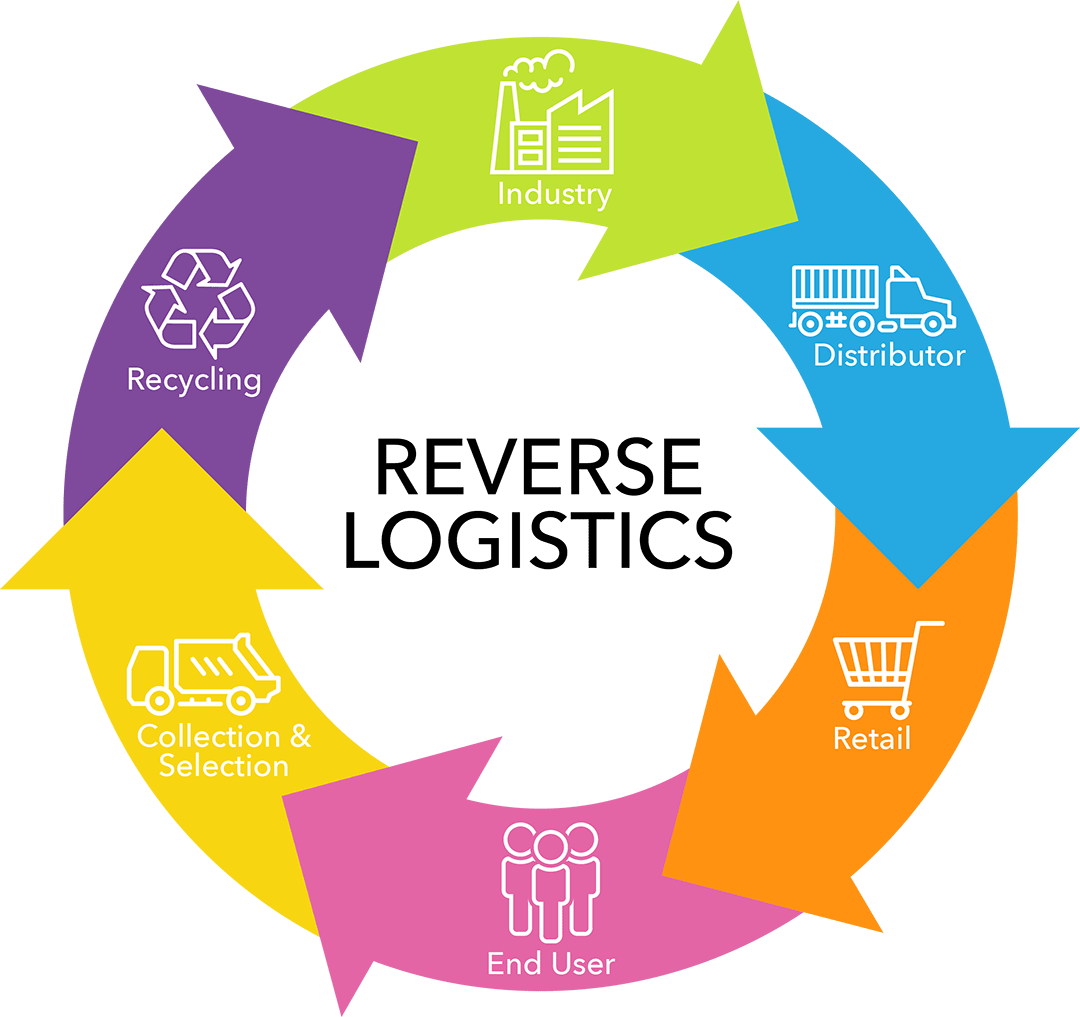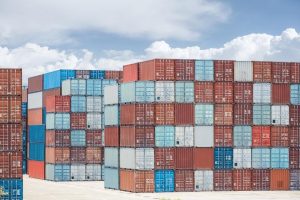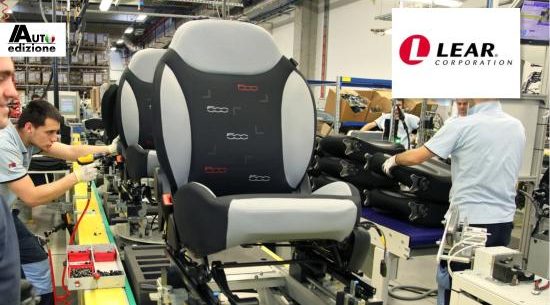
Written by: Ivaylo Iliev
Vice President of Engineering at B-Stock Solutions, overseeing all technology-based aspects of the company.
“Reverse logistics is for all operations related to the reuse of products and materials. It is “the process of moving goods from their typical final destination for the purpose of capturing value, or proper disposal. Remanufacturing and refurbishing activities also may be included in the definition of reverse logistics.” Wikipedia

Technology will continue to affect historically offline industries. From fashion to food to how we book a hotel or hail a cab, disruption is inevitable and life-changing — both for the consumer and for the techie who created the technology. Obviously, some industries are easier to bring online: sexy, fun consumer-facing products are typically a quick sell. Yet for others, change is hard, and despite a glaring need to automate inefficient processes, there is significant pushback — most notably, a sentiment of, “We’ve always done it this way, so why invest time and resources into changing anything?”
This is why I find working to bring technology to the “others” so interesting — and necessary. I work in reverse logistics, which is how retailers manage the flow of returned and excess merchandise. It’s an old-school, messy, awkward stepchild of an industry — a place where the sun (and technology) definitely doesn’t shine. But with skyrocketing return rates and record amounts of overstock — due to relaxed return policies, the spike in e-commerce (which brings higher return rates) and fickle buyer behavior — tech adoption is critical in the reverse logistics industry.
Here’s why.
Around $260 billion in merchandise was returned to U.S. retailers in 2015, with another $123.4 billion having been pulled from shelves or deemed excess. Globally, returns and excess inventory cost retailers $1.75 trillion annually. It’s crazy to think that 95% of this merchandise doesn’t go back on the shelves but instead ends up sitting in a warehouse, taking up space, costing money and depreciating in value until someone decides to do something about it.
These manual processes to handle the reverse flow of inventory are unsustainable. The long, inefficient path alone is ridiculous: Items go from consumer to retailer to vendor to liquidator to jobber to reseller to a secondary end-user. Not only is this a logistical nightmare, but it leaves behind a pretty large carbon footprint: The transportation involved can span hundreds of miles, and 30% of the items will end up in a landfill.
Some more eye-opening stats:
• North American E-commerce returns are growing 15% annually.
• Over 21 billion pounds of textiles end up in landfills annually.
• Due to brand concerns, many companies choose to shred, incinerate or throw away items they can’t sell as new “A-stock.”
Technology Is The Answer
As a technologist, I believe that technology is the answer for this problem, and that’s why I’m working to bring solutions that promote efficiency and automate the reverse logistics process.
The real challenge is getting people to understand the technology offering and how to use the technology itself. Education on how to physically leverage the technology is key, albeit challenging. The learning curve for some is slow — this is especially true in reverse logistics, where fax machines, landlines and physical spreadsheets rule. I’ve walked out of many meetings where conference tables are littered with handwritten notes wondering, “How am I going to get that guy online?”
The good news is that technology is slowly chipping away at this age-old industry, with both solution providers and retailers embracing and applying it to their reverse-logistics programs. For example, there are SaaS inventory management solutions that, based on data, determine the best channel for an item once it returns to the warehouse (refurbish, reroute, liquidate, scrap). This automated process allows retailers to quickly process and track merchandise, boosting efficiency and helping to keep items out of landfills. Apps that specialize in helping retailers manage online returns are also hitting the market. Returnly is an app that facilitates the return of a product and provides an instant refund to the consumer. Another app, Shyp, allows the customer to compare shipping options and choose the easiest way to return their purchase.
Many retailers are also starting to incorporate technology-based programs to more efficiently sell merchandise slated for liquidation. Instead of a guy pulling up in his truck, the merchandise is sold through an online auction platform directly to thousands of business buyers across the globe. These are buyers who are interested in all products of varying conditions (even salvage). Not only does this help the retailer make more money on its liquidation inventory, but it also promotes a direct sales channel between the retailer and secondary market resellers, allows for a faster sales cycle and eliminates unnecessary transportation, touch points and landfilling of the goods.
FOLLOW US ON FACEBOOK FOR MORE LOGISTICS NEWS
The technology exists and works, but up until recently adoption of these types of solutions has been slow. For example, the company I work for provides tech-based solutions for nine of the top 10 non-food/pharmacy U.S. retailers, but it took us over eight years to hit that milestone. With soaring return rates, piles of overstock and greater demand to squeeze margin out of every area of the business, it’s time for retailers to invest in tech-based programs for reverse logistics. For some, it will mean the difference between staying afloat and going out of business.
This article was first published by Forbes








